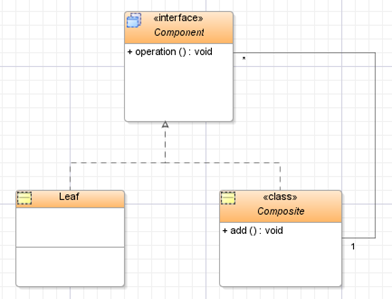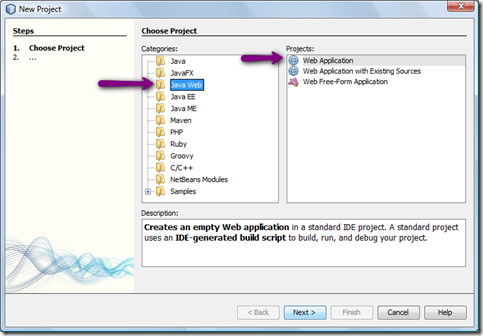Java Puzzle – Magic of Auto-boxing
Auto-boxing is introduced in JDK 5.0. it converts primitive data variable to corresponding wrapper classes and vice versa without any explicit efforts. For example int to Integer and Integer to int . Here is the one program using auto-boxing feature 1: class AutoBoxingTest 2: { 3: public static void main(String[] args) 4: { 5: boolean b1= true , b2= true ; 6: System.out.println(" boolean Result = "+ compare(b1,b2)+" \n "); 7: System.out.println(" Int Result = "+ compare(10,10)+" \n "); 8: System.out.println(" String Result = "+ compare(" ABC "," ABCE ")+" \n "); 9: System.out.println(" float Result = "+ compare(10.00f,10f)+" \n "); 10: System.out.println(" Mixed Result = "+ compare(10l,10l)+" \n "); 11: System.out.println(" Mixed[long,int] Result

